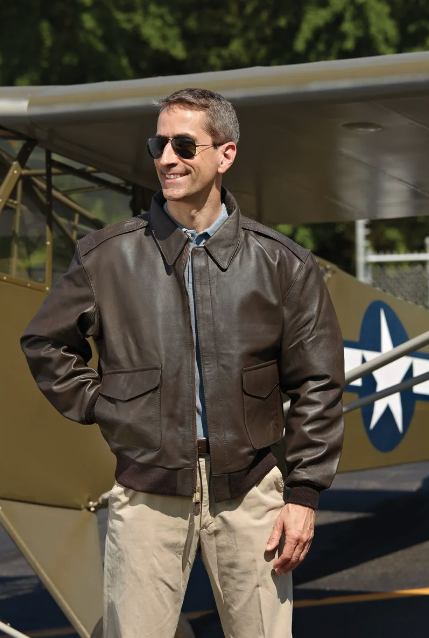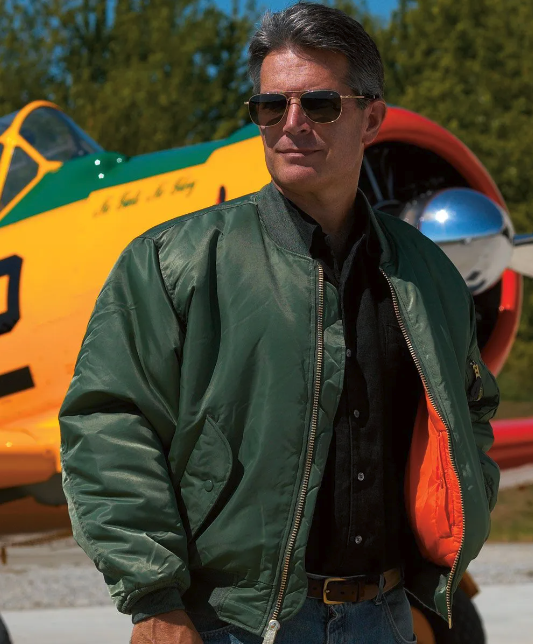During the early days of aviation, aviators would don a heavy leather flight jacket to stay warm in open cockpits on long flights. Some featured fur around the collar to help seal off the cold air. The leather flight jacket was essential to bomber crew members during WWII; while the leather flight jacket was a savior to crew members, just like most things, time advances and so did the flight jacket.
As aircraft capabilities continued to develop during the late 40s into the early 50s, planes were flying faster and higher, and cockpits were getting smaller and smaller. If it rained during pre-flight preparation, leather flight jackets would not repel water, so pilots would board their planes a little wet; when you’re flying at higher altitudes a wet flight jacket is not ideal. They started to freeze. The need for a different material was evident.




Designed by the USAF, the MA-1 Flight Jacket was born! Developed for year-round use, the MA-1 needed to be lightweight, comfortable to wear in different weather conditions and a water resistant. Nylon fabrics and polyester interlinings replaced heavy leather as the jacket of choice by aviators. Initially midnight blue and sage green, the MA-1 later added black and green color options.
The MA-1 flight jacket was not only a favorite in the cockpit but also in civilian use as a fashionable jacket that endures to this day. The MA-1 also serves police departments and security agencies. While no longer issued by the United States military, the MA-1 remains popular among many armed forces around the World allied with the United States.

